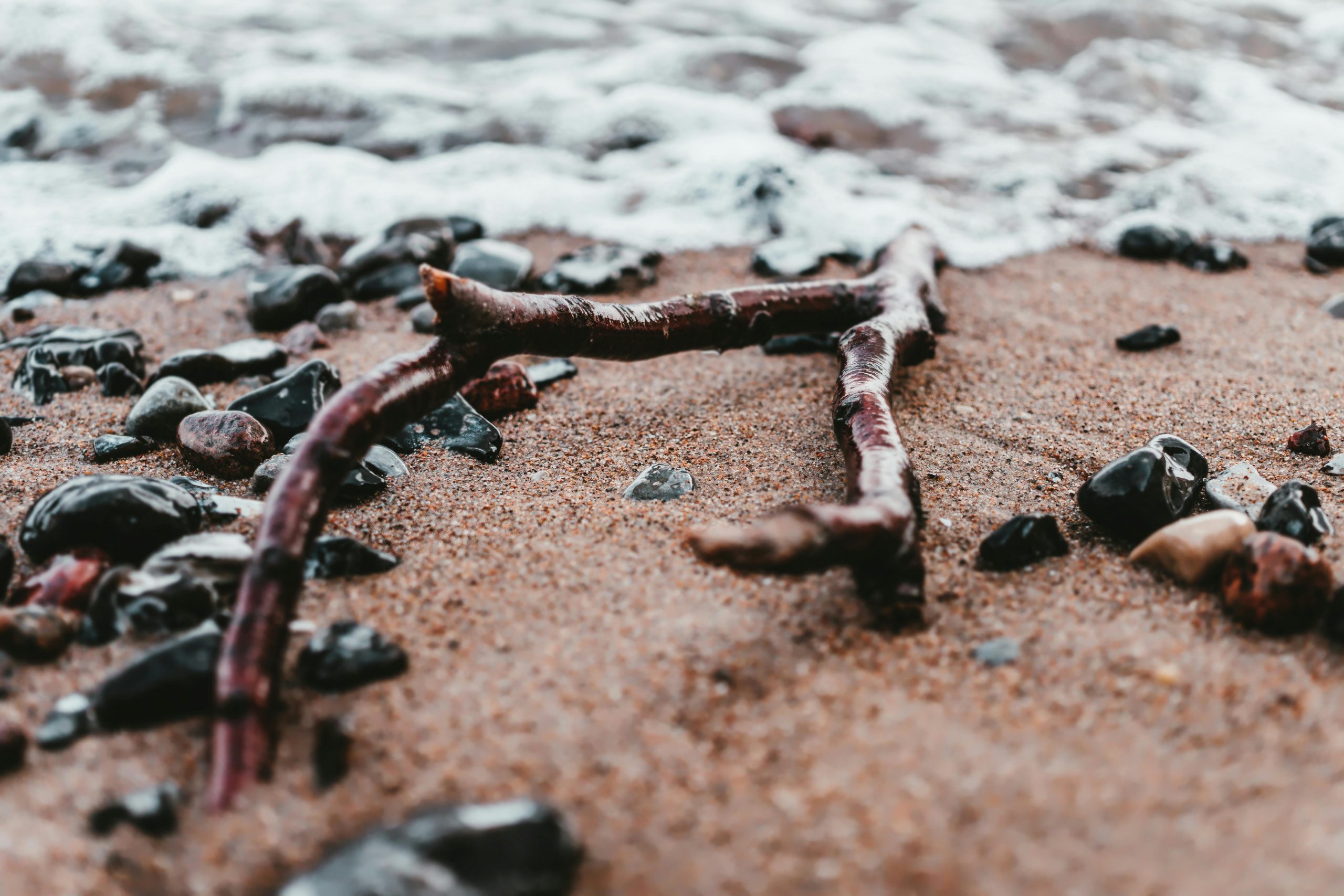Table of Contents
![]()
Driftwood is a popular addition to aquariums, valued for its natural appearance and numerous benefits for aquatic ecosystems. This article explores the various advantages of incorporating driftwood into your aquarium setup, from enhancing aesthetics to supporting biological processes.
Aesthetic Appeal
Natural Look and Feel
Driftwood provides a natural look that closely mimics the habitats of many aquatic species. Its gnarled shapes and textures contribute to a more authentic environment, making the aquarium visually appealing. This naturalistic appearance helps create a habitat that is more in tune with the natural environments from which many fish and aquatic plants originate.
Design Flexibility
One of the most significant advantages of driftwood is its versatility in tank design. Driftwood comes in a variety of shapes and sizes, allowing aquarists to choose pieces that complement their specific tank setups. Whether you’re aiming for a minimalistic look or a complex aquascape, driftwood can be arranged to enhance the overall décor and visual interest of the aquarium.
Contrast and Depth
Driftwood adds contrast and depth to an aquarium, making the environment more dynamic. Its textures and colors stand out against the backdrop of plants and rocks, creating a visually stimulating scene. This added dimension can make the tank appear larger and more complex, providing a richer viewing experience.
Biological Benefits
Habitat Enrichment
Driftwood enriches the aquarium by providing essential hiding places and shelters for fish and invertebrates. Many species thrive in environments where they can seek refuge and establish territories. Driftwood creates these opportunities, promoting natural behaviors such as exploration and shelter-seeking. The varied surfaces of driftwood also offer spaces for fish to rest and hide, reducing stress and increasing overall well-being.
Breeding Grounds
Certain fish species utilize driftwood as a breeding ground. The surface area of driftwood can serve as a suitable place for laying eggs or for baby fish to find refuge from predators. For example, some species of cichlids use driftwood to create territories where they can care for their young. The presence of driftwood can therefore contribute to successful breeding and healthy populations of these fish.
Microhabitat Creation
Driftwood supports the development of beneficial microorganisms and bacteria. The surface of driftwood provides a habitat for these organisms, which play a crucial role in breaking down organic matter and maintaining water quality. These microhabitats can also be beneficial for smaller aquatic creatures, which may find refuge and food sources among the driftwood.
Water Chemistry and Filtration
Tannin Release
One of the notable characteristics of driftwood is its ability to release tannins into the water. Tannins can give the water a tea-colored hue, which, while aesthetically pleasing to some, also has functional benefits. Tannins can contribute to a more natural environment for fish that thrive in slightly acidic waters. They also have antimicrobial properties, which can help reduce the growth of harmful bacteria in the aquarium.
pH Regulation
Driftwood can influence the pH levels of aquarium water, often resulting in a slight decrease. This is particularly advantageous for species that prefer acidic environments. By lowering the pH, driftwood helps to create conditions that are more conducive to the health and well-being of these fish.
Natural Filtration
Driftwood aids in natural filtration by providing a surface area for beneficial bacteria to colonize. These bacteria help to break down organic waste and improve overall water quality. This biological filtration process complements mechanical and chemical filtration systems, contributing to a healthier aquarium environment.
Practical Considerations
Preparation and Treatment
Before adding driftwood to your aquarium, it is essential to properly prepare and treat it. Cleaning and boiling driftwood can help remove any potential contaminants and reduce the initial leaching of tannins. Boiling also helps to make the driftwood sink more quickly, which is beneficial for immediate placement in the tank.
Maintenance
Once introduced to the aquarium, driftwood requires regular maintenance. Aquarists should monitor driftwood for signs of mold or decay, which can affect water quality. Addressing these issues promptly helps to maintain a healthy environment for both fish and plants. Additionally, occasional cleaning of the driftwood may be necessary to remove any buildup of organic matter.
Selection Tips
Choosing the right type of driftwood is crucial for achieving the desired aesthetic and functional outcomes. Consider the size and shape of the driftwood in relation to your tank size and the species you house. Different types of driftwood, such as Malaysian or Mopani, offer varying benefits and appearances, so select one that best fits your aquarium setup.
Impact on Aquatic Life
Fish Behavior and Well-Being
Driftwood has a positive impact on fish behavior and well-being. The additional hiding spots provided by driftwood can reduce stress and promote natural behaviors. Fish are more likely to exhibit natural behaviors when they feel secure and have access to shelter, leading to a healthier and more active aquatic environment.
Plant Growth and Health
Driftwood can also benefit aquatic plants. Epiphytic plants, such as Java fern and Anubias, often grow well when attached to driftwood. The driftwood provides a stable base for these plants, allowing them to anchor securely and thrive. This symbiotic relationship enhances the overall health and aesthetic of the aquarium.
Conclusion
Adding driftwood to an aquarium offers a range of benefits that enhance both the visual appeal and the biological health of the tank. From improving aesthetics and providing natural habitats to supporting beneficial microorganisms and influencing water chemistry, driftwood plays a valuable role in aquarium environments. By considering the practical aspects of preparation, maintenance, and selection, aquarists can make the most of this versatile addition, creating a more vibrant and balanced aquatic ecosystem.
Share This





Be the first to comment